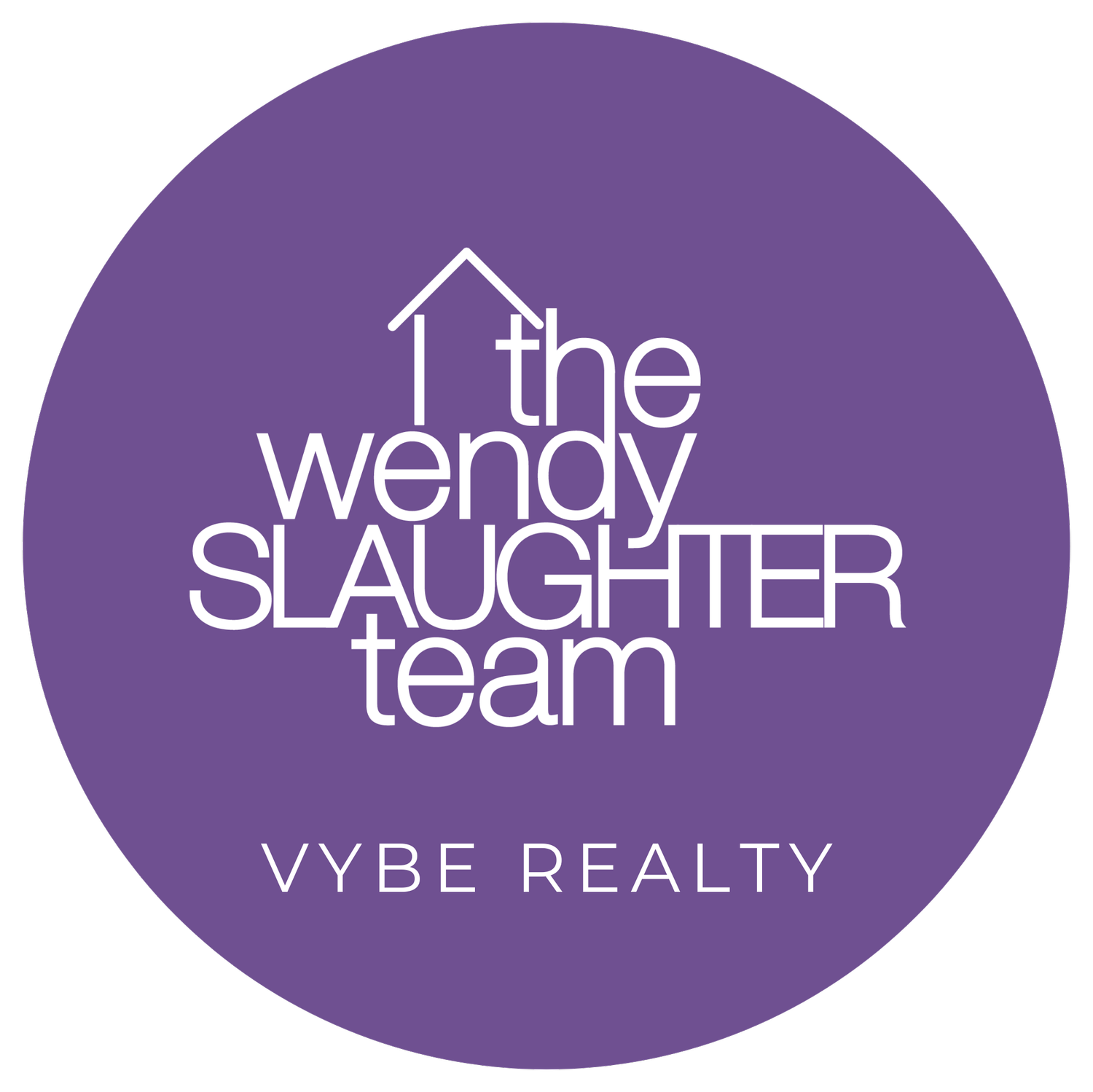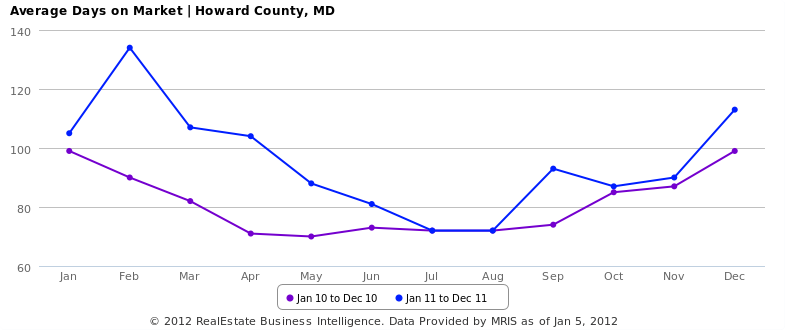Have you ever wondered how an appraiser goes about determining your home’s market value? Contrary to popular belief, appraisers do not visit your home and then magically guesstimate a value. The methodology involved in an appraisal comes down to comparing your home and all of your upgrades and amenities to the other homes that have sold in your neighborhood. If you were not aware, appraisers are regulated and have standard appraisal practices (known as USPAP) that they must abide by. They also have several methods for determining a home’s value. Since the “Sales Comparison Approach” is the most widely used we will discuss that portion of an appraisal.
When an appraiser goes out to your property they will typically draw out your home’s floor plan, take measurements to calculate your home’s square footage (which, by the way, does not include your basement which has a different line item for adjustments) and take note of any upgrades and any repairs that may be needed. Though they may be in your home for only 15 -30 minutes, the majority of their time is spent back at their office writing the report and finding comparable homes to compare your property to (known as “comps”).
Finding comparable homes in the neighborhood can be a fairly easy task if you live in a subdivision that has had recent sales. If not, the appraiser may have to search farther out. This may result in location adjustments if that area has historically received higher values than the subject neighborhood.
Everything from bedroom and bathroom count to the quality of the upgrades in the property is taken into consideration. The appraiser will determine what upgrades are common for your area and what adjustments should be made for differences between each property. An adjustment is then determined for each factor (i.e. an adjustment for additional bathrooms, house sizes, basement finishes, quality of upgrades, a view of a lake as opposed to a view of a busy street, etc.)
Say, for instance, your home has an in-ground pool. If a comparable is used that does not have a pool, the appraiser will not make the adjustment based on the cost of installing a pool. Instead, they will determine how much more a house in that location with a pool will get compared to one that does not have the pool.
This is an important fact to keep in mind when renovating your home to increase its market value.
Let’s say you invest $20,000 into renovating your kitchen. That does not necessarily mean you will re-coop that exact amount when you go to sell your home. It does mean that you will sell your house faster and for more money than your neighbor, who has not made those improvements.
Keep in mind though: If you over-improve your home, it would be difficult for an appraiser to justify a value higher than what is typical for your neighborhood. After all, no matter how much money you put into updating, renovating and adding to your home, you can’t change its location!
Here’s a screenshot from an appraisal of the Sales Comparison Approach:






